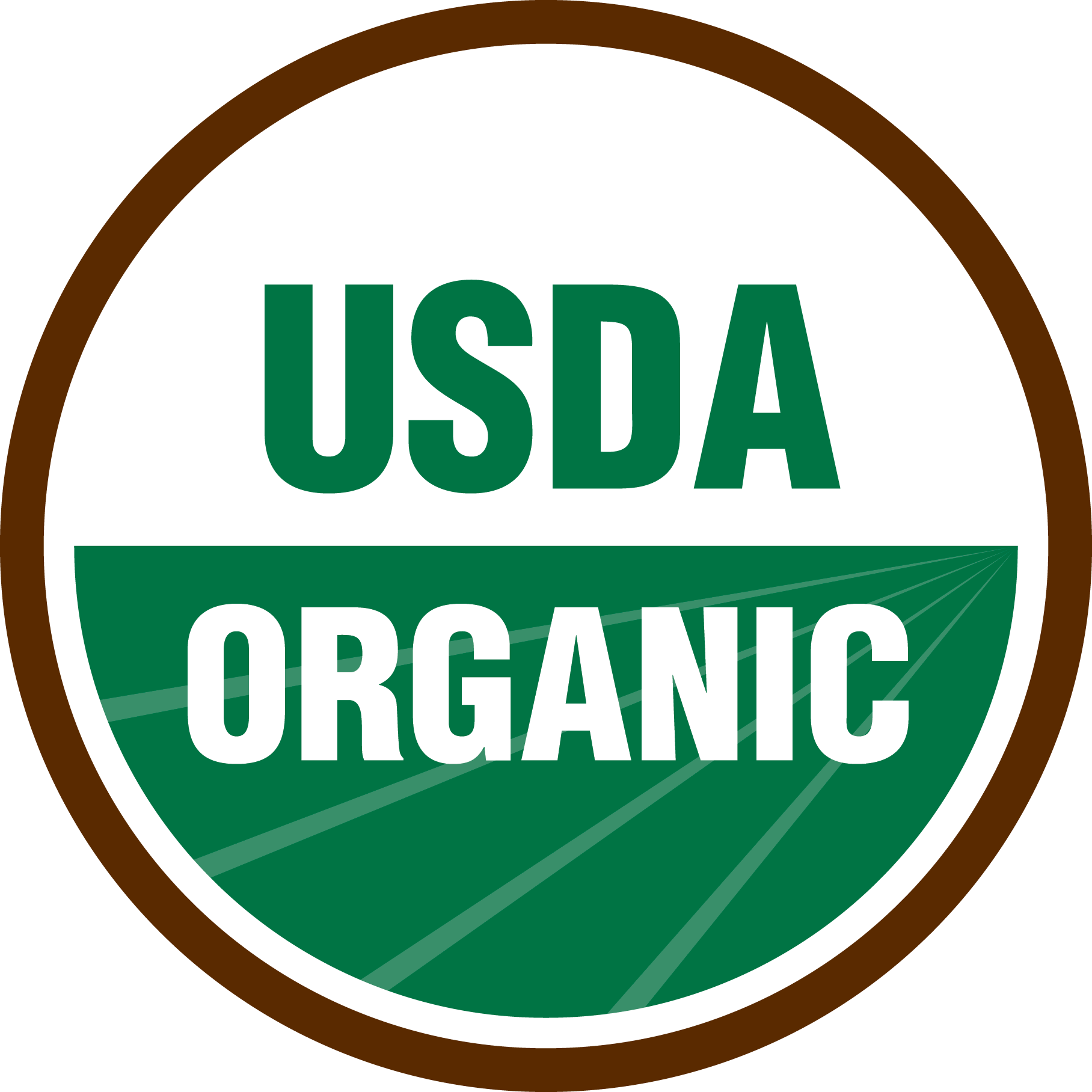Coffee and Chocolate - Beyond the Bean Part 3
In Part 3 we will discuss the cultivation and proliferation of coffee and cacao, highlighting the often negative social and environmental impacts. Take a look at Part 1 and Part 2 if you missed them.
Coffee's impact has been felt across the globe
Dark History
Both coffee and chocolate have been shaped by the often times dark history of Colonialism. Shortly after the two stimulants arrived in Europe and garnered a wide audience, European colonists began the mad rush to grow as much coffee and cacao as cheaply as possible. Between the Dutch, Spanish, Portuguese, English and French Empires, coffee and cacao was planted widely throughout the tropical world. Colonies in Central and South America, East and West Africa, India, and South East Asia all planted coffee and cacao. The slave trade offered a source of free labor for plantations, replacing the decimated populations of natives from the Americas. Historically, this relationship between coffee and chocolate consuming countries and the tropical growing regions has been extremely one sided. Colonial control of tropical lands brought with it violent land eviction, imposed slavery of the native populations, importation of slaves from other controlled territories, suppression of indigenous languages, religions, cultures, and the environmental decimation of native ecosystems.
Although we think of these atrocities as a thing of the past, there exists significant evidence of slave labor on cacao plantations in West Africa, mostly in the Ivory Coast (which produces between 30-40% of the world supply of cacao). The coffee farms which average only about 2.5 hectares (approx 6 acres) in most of Latin America and Africa puts significant constraints on farmers who are at the whim of international coffee prices which frequently drop below the cost of production. When farmers spend more to produce coffee than they are paid for it they often work the entire year earning little to no money and thus are sometimes unable to pay workers who tend and harvest their fields. Through international aid projects led by the incessant coffee demand in the US and Europe, rural farmers in Vietnam were incentivized to grow coffee in the 1990’s. By the early 2000’s Vietnam had become the 2nd largest coffee producing country in the world and what started as a project to help rural farmers in Vietnam led to a global oversupply of coffee and thus subsequently horrible financial losses for coffee farmers across Latin America and Africa. The global demand for both coffee and cacao continue to lead to environmental degradation as many in the tropical world destroy primary and secondary rainforest to intensively plant these crops, as a monoculture under direct sunlight (unlike their native growth habitat of partial shade).
Coffee and cacao - both labor intensive crops that have a history marred by oppression and colonialism, something that still plagues many farming regions today.
Telling photo of a child working on a cacao farm in the Ivory Coast
Cultivation Styles
Due to the demand for coffee and cacao in their home countries, many colonial powers decided to develop large plantations in the tropical producing regions. Many forests were cut and burned to intensively cultivate the crops in monoculture settings - a farming method in which only one crop is planted in a given area. Perhaps due to this widespread “monocropping” across the tropical world, both coffee and cacao have fallen prey to the devastating fungal diseases of “roya” and “witch’s broom” respectively, which destroys the immune system of the trees and decimates the crop. Both coffee and cacao also have insect pests which have found ways to withstand the caffeine in the coffee plant and penetrate the thick exterior of the cacao pod.
This image shows deforestation to intensively plant coffee
The vast majority of coffee and cacao farmers worldwide are small-holder farms (2-3 hectares, 6-7 acres). This means that many farmers own only small plots of land on which to grow their crops. While there are definitely larger commercial coffee and cacao farms, the small farmers worldwide account for the largest percentage of coffee and cacao produced. Coffee and cacao can both grow in a monoculture setting under full sunlight. Fortunately, since they developed in the understory of the rainforest, both trees are shade-tolerant, meaning they can grow well and produce fruit in the partial shade provided by other trees. This means coffee and cacao trees can form part of a healthy agro-forestry or reforestation effort. They can both be farmed in diverse ecosystems that provide more than just one sole crop for the farmer. On many farms coffee and cacao grow among other edible fruits, larger trees used for harvesting wood, and herbs and spices on the forest floor below. A forested, integral environment such as this will help prevent erosion problems, provide a sanctuary for migrating birds and native animals, and help maintain natural biodiversity in the tropics.
Coffee and cacao - both trees subject to fungal diseases and pests, that can be cultivated under direct sunlight on a monoculture farm or form part of a healthy and diverse forest ecosystem.
In the 4th and final part of the series, we will discuss the global trade, the specialty industries, and the future of coffee and chocolate.

















